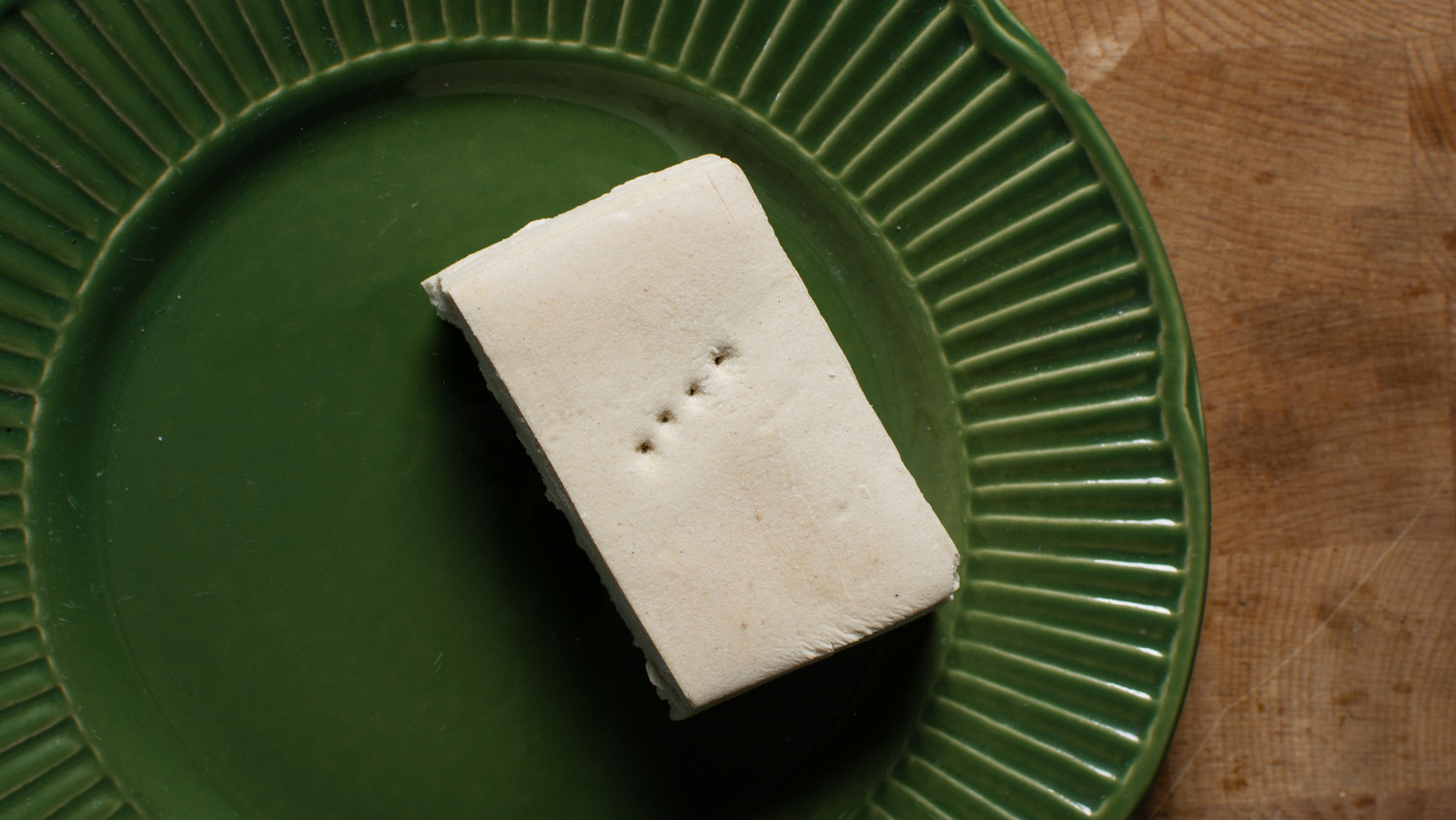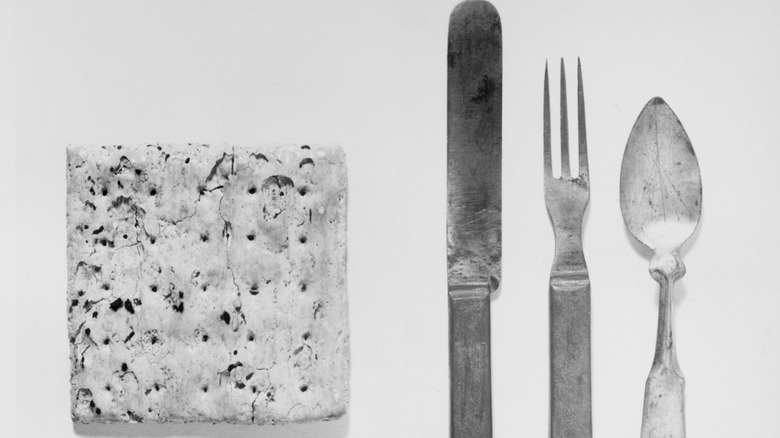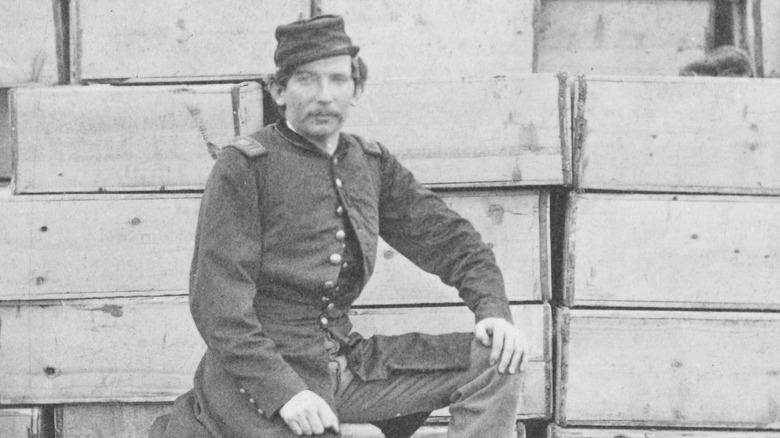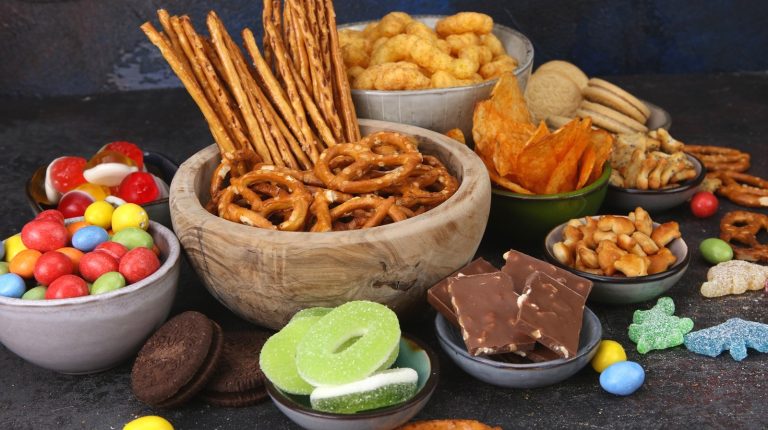In the canon of Civil War memory, hardtack stands alone as a meal of qualified negation. No fat, no leavening, no breath of comfort. To eat hardtack is to taste absence. Just flour and water, baked down to the driest utility, then baked again until it’s immortal. This was not food for the sake of joy, but a calculation designed to outlast hunger and keep soldiers fighting. Hardtack persists in historic war stories as a culinary ghost: hard to chew, harder to love. These days, it’s remembered mainly for how little it gave. Yet, this uncelebrated ration has a lineage far older than the Civil War itself, a tool of war that followed armies wherever starvation threatened to halt the march.
Soldiers opened their rations to the small stacks of unyielding, moldy shingles, sometimes so vermin-infested they called them “worm castles,” sometimes so dense they needed to be soaked in hot coffee before any attempt at eating. Every meal was a negotiation: teeth against brick, hunger against survival. Some softened the proto-crackers in bacon fat; others deconstructed them into a mushy gruel or crumbled them into stew, if there was any. The bottom line requirement of a soldier’s body in war is survival. The ration was accepted as the price of staying on one’s feet and keeping the war in motion.
In diaries and regimental histories, hardtack is shorthand for deprivation. No one wrote of it as a taste of home or victory. Few anticipated the meal or longed for the next. The stories passed down offer hardtack as proof that a body could be kept going as long as there was a bare minimum of caloric fuel. The war demanded endurance, and hardtack delivered only that.
A survival food that has outlasted empires
Hardtack’s story does not begin at Antietam or Shiloh. Some soldiers in the Civil War received rations of hardtack that had been baked and stored more than a decade earlier, originally produced for the Mexican-American War. Its lineage stretches far back through centuries of conflict and settlement to the first societies that shaped grain into tools of survival. Just as the storage of grain made it possible for cities and armies to rise, so did the act of grinding and double-baking it into a form that was immune to rot. Mastering food decay was as critical to the march of human history as iron or gunpowder.
Egyptian sailors were once provisioned with dhourra, a flat, unleavened millet bread that archaeologists have discovered loaves of preserved in tombs, evidence that this meal traveled with the living and the dead alike. Likewise, Roman soldiers carried bucellatum across Europe and Africa, their campaigns made possible by the rugged biscuits that could survive desert heat and mountain damp. British sailors crossed oceans with ship’s biscuit in their rations, and American frontiersmen carried pilot bread in their wagons.
Before canning or refrigeration, hardtack stood beside salted cod, pemmican, and parched corn as the core food technologies of survival. Though these foods are rarely celebrated, their utility and efficacy are unmatched. They have allowed humans to cross continents, to endure siege, and to outlast famine and failure. Even today, every innovation in military rations traces a line back to these spare solutions. However the ration is vacuum sealed or dried down, the need persists: keep the body going so the war can.
Hard to swallow
Civil War logistics and new technologies of the era Americanized an ancient recipe, stamping the biscuit into national memory. Steam-driven bakeries in the Union states scaled up what centuries of armies and navies had already practiced. A ration carried through continents and eras became woven into American hardship and folklore, even as its original ancestry faded from view. In every new war, the old solution waits just behind the flour and the latest flag.
Industrial warfare in the nineteenth century transformed the old calculation. Railroads and contract bakeries moved rations farther, faster, and in greater volume than ever before. The Union’s hardtack was produced by the ton and shipped from factories in northern cities to muddy fields, crowded hospitals, and prison camps. Calories moved more efficiently, but nothing about eating grew easier.
For many conscripted men, the simple act of eating was its own tribulation. In addition to being riddled with maggots and weevils, hardtack was sometimes referred to as “molar-breakers.” Soldiers lived with mouths full of rotting teeth rimmed with ulcerated gums, the symptoms of harsh years spent being treated with rudimentary dentistry and too little fresh food. Dysentery hollowed their guts, scurvy loosened their teeth, and gangrene and boot rot blackened their feet. The comfort that food should offer, even in the hardest times, became another kind of suffering. Hardtack was layered onto the body’s unraveling, a reminder that the cost of war rarely returns even the smallest kindness.







